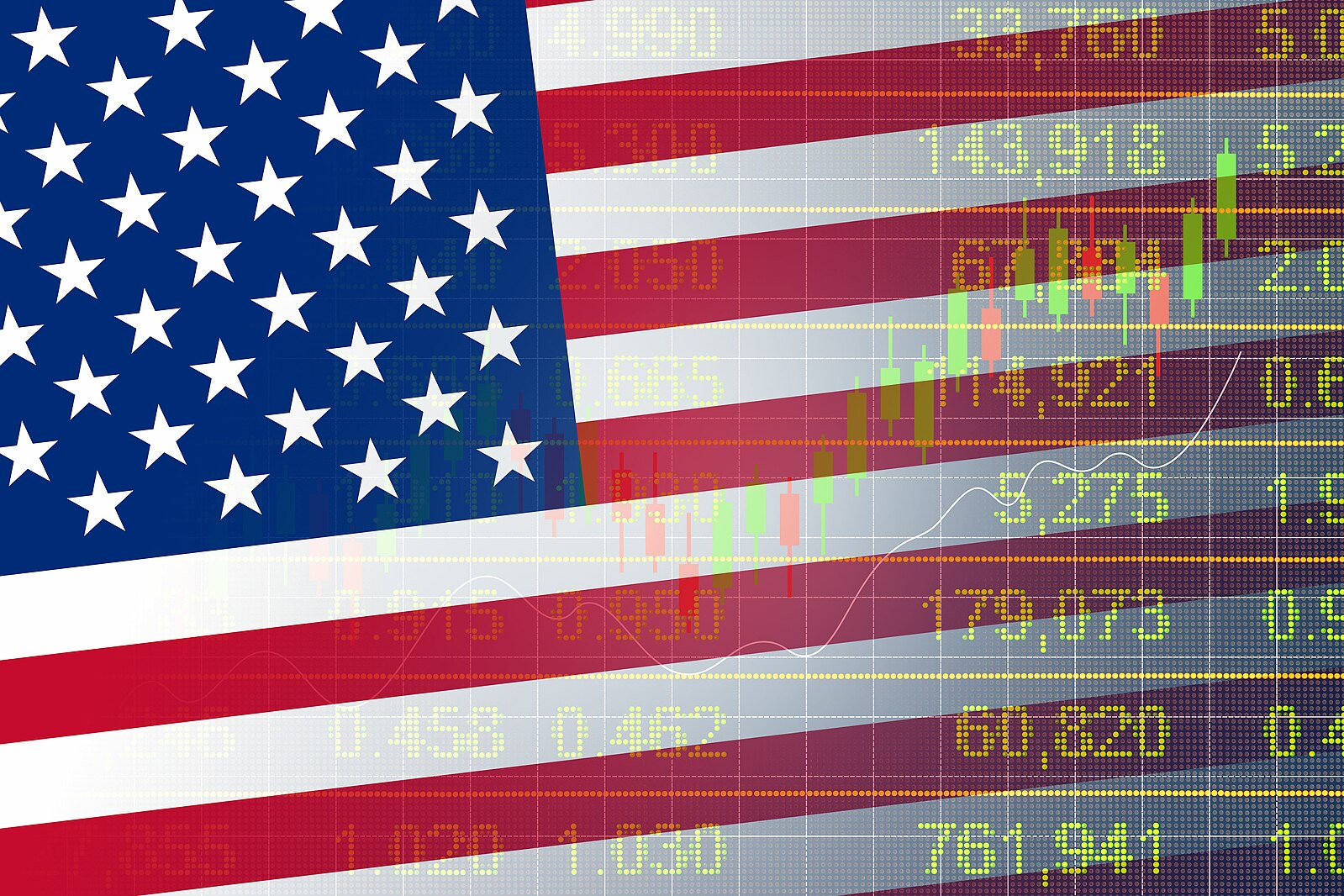Australian investors are embracing exchange-traded funds (ETFs) like never before. January 2025 saw a record $4.6 billion in ETF inflows—a clear sign of growing enthusiasm for the simplicity, diversification, and cost-efficiency that ETFs offer. And when it comes to global markets, US equities remain a cornerstone of many portfolios.
But amid this enthusiasm, it’s worth asking: is your US exposure positioned appropriately for what’s coming next?
US ETFs: A Popular, Powerful Tool—But Not All the Same
Two of the most popular vehicles for accessing the US market are the iShares S&P 500 ETF (ASX: IVV) and the Vanguard US Total Market Shares ETF (ASX: VTS). Both are passively managed, highly rated by Morningstar (Gold), and tightly correlated—thanks to their focus on large-cap US companies, including the now-famous “Magnificent 7” tech giants.
IVV tracks the S&P 500, giving exposure to 500 of the largest US-listed companies, while VTS offers broader access to over 3,600 companies across large, mid, small, and even micro caps. The difference? A tilt toward smaller companies in VTS, which could offer upside over the long run—although the return differential between the two has been minimal over the past decade.
Both ETFs carry concentration risk, with the top 10 holdings accounting for 37% of IVV and 32% of VTS. This reflects the dominance of mega-cap tech and should prompt investors to consider how these ETFs interact with other holdings—like global ETFs already heavy in US exposure.
Portfolio Context: Don’t Double Down on the Same Theme
This is where asset allocation discipline comes in. Many diversified portfolios already hold global ETFs such as VGS (Vanguard MSCI International Shares), which derive around 70% of their exposure from US equities—primarily large-cap names.
Currency Hedging: A Tactical Opportunity?
For investors maintaining US exposure, one area worth watching is currency hedging. While ETFs like IVV and VTS are unhedged (exposing investors to currency movements), hedged options such as IHVV (iShares S&P 500 Hedged) may now be more attractive.
IHVV would benefit from AUD strength and is currently at historically low levels, potentially offering a compelling entry point. In a world of heightened macro and FX volatility, having a portion of US equity exposure hedged could reduce portfolio noise and add risk control.
Macro Backdrop: Structural Shifts Call for Smarter Exposure
These positioning considerations take on greater weight given the bigger picture. As Macquarie strategist Viktor Shvets has recently argued, we may be entering a “1930s-style” environment, defined by rising nationalism, economic volatility, and declining trust in global systems.
Matt King, founder of Satori Insights and former global strategist at Citi, warns that investors are underestimating the risks of the US dollar’s status being challenged—especially under Trump’s proposed “Mar-a-Lago Accord” aimed at devaluing the dollar to reignite domestic manufacturing.
Bridgewater’s Greg Jensen echoes the caution: “It’s a dangerous time to be overexposed to US assets—and almost everyone is.”
From Globalisation to Localisation
PGIM’s Shehriyar Antia sees globalisation slowing—if not reversing—particularly in strategic sectors like semiconductors, energy, and defence. Investors must weigh not just return potential, but also exposure to vulnerable supply chains, political instability, and rising regionalism.
KKR: A Glass Still Half Full
Direct exposure to firms like KKR provides another layer of insight. In its 2025 outlook, KKR maintains a cautiously optimistic stance, driven by what it calls a “Regime Change” framework—defined by:
1. Larger government deficits
2. Heightened geopolitical tensions
3. A messy energy transition
4. Stickier inflation
KKR is positive on themes like US productivity, capital-light business models, and asset-based finance. The firm sees continued upside—but through different pathways than in previous cycles. The old playbook of blindly following mega-cap-heavy indices may no longer be enough.
The Takeaway: Passive Doesn’t Mean Set-and-Forget
The rise of passive investing—especially in US equity ETFs—is understandable. The numbers have been compelling, and the tools are excellent. But passive doesn’t mean “set and forget.”
In 2025 and beyond, smart investors should ask:
• Am I doubling up on large-cap US exposure through multiple ETFs?
• Should I consider tilting toward small caps or hedged strategies?
• How am I positioned for geopolitical and macro shocks?
The answers will vary by investor, but the need to ask them is universal. We still believe the glass is half full—but in a different vessel than before.

Comments are closed